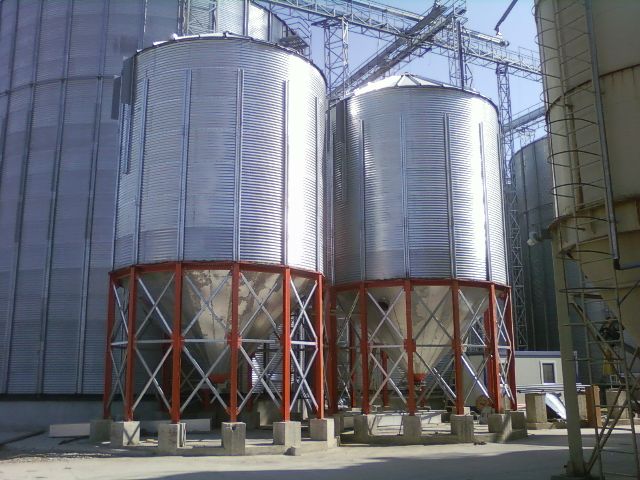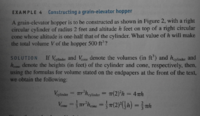allegansveritatem
Full Member
- Joined
- Jan 10, 2018
- Messages
- 962
The following is from a precalculus text I am studying by Earl Swokowski. The cylinder being referenced has a radius of 2 in. First he gives the formulas for volume of a cylinder and for volume of a cone and right after each formula he gives what we get when we are working with a cylinder and cone of 2in radius.

What I want to know is what is that 1/2 doing there next to the h in the second line after the second equals sign? I mean, I don't see it indicated in the formula to right.

What I want to know is what is that 1/2 doing there next to the h in the second line after the second equals sign? I mean, I don't see it indicated in the formula to right.


